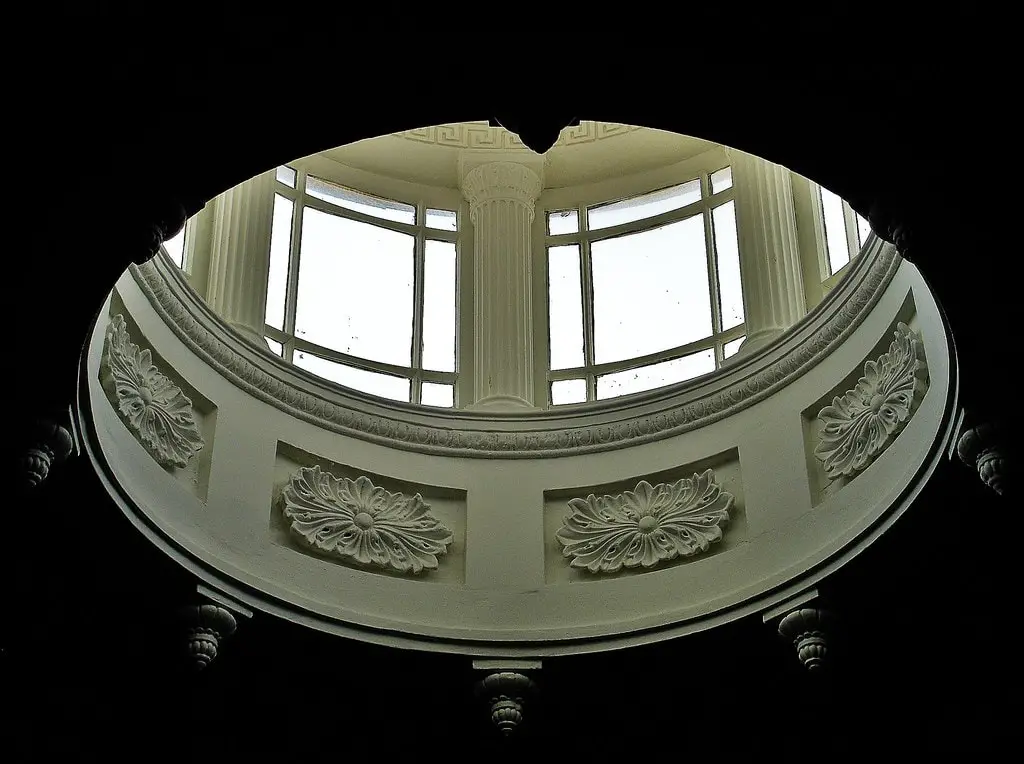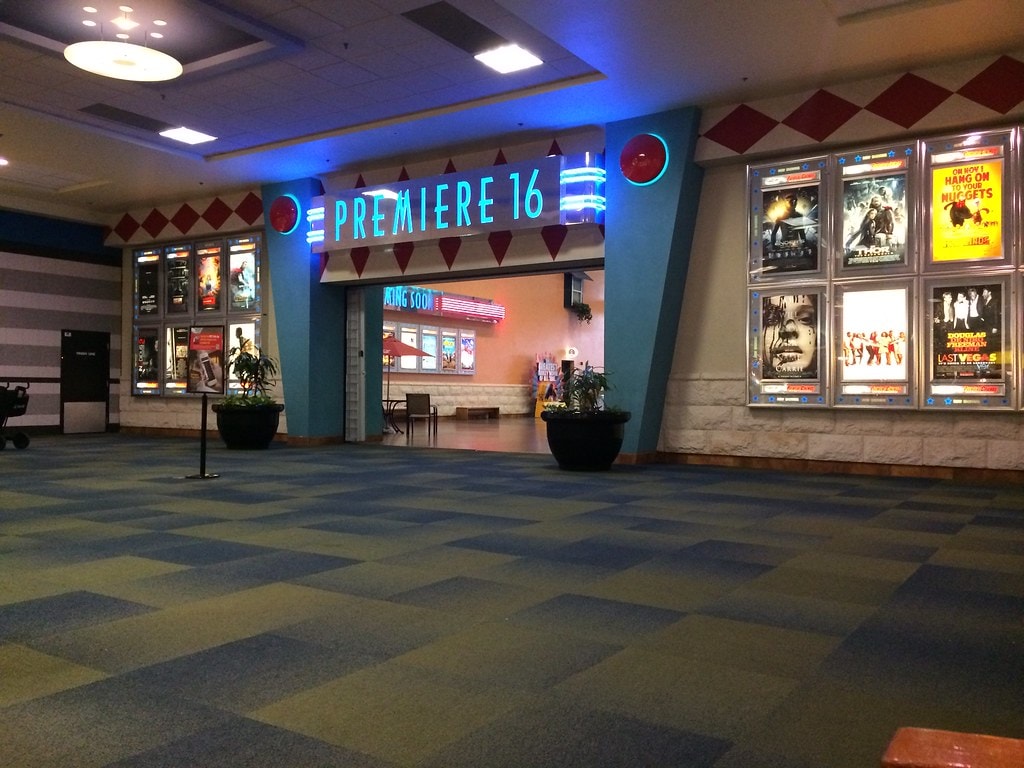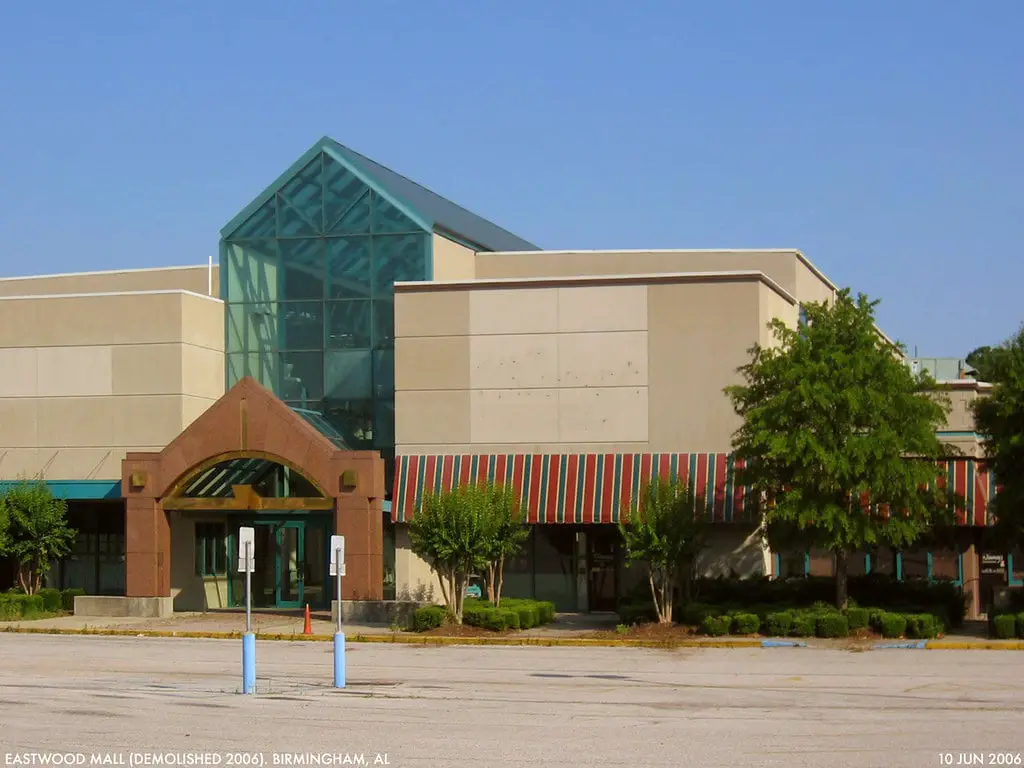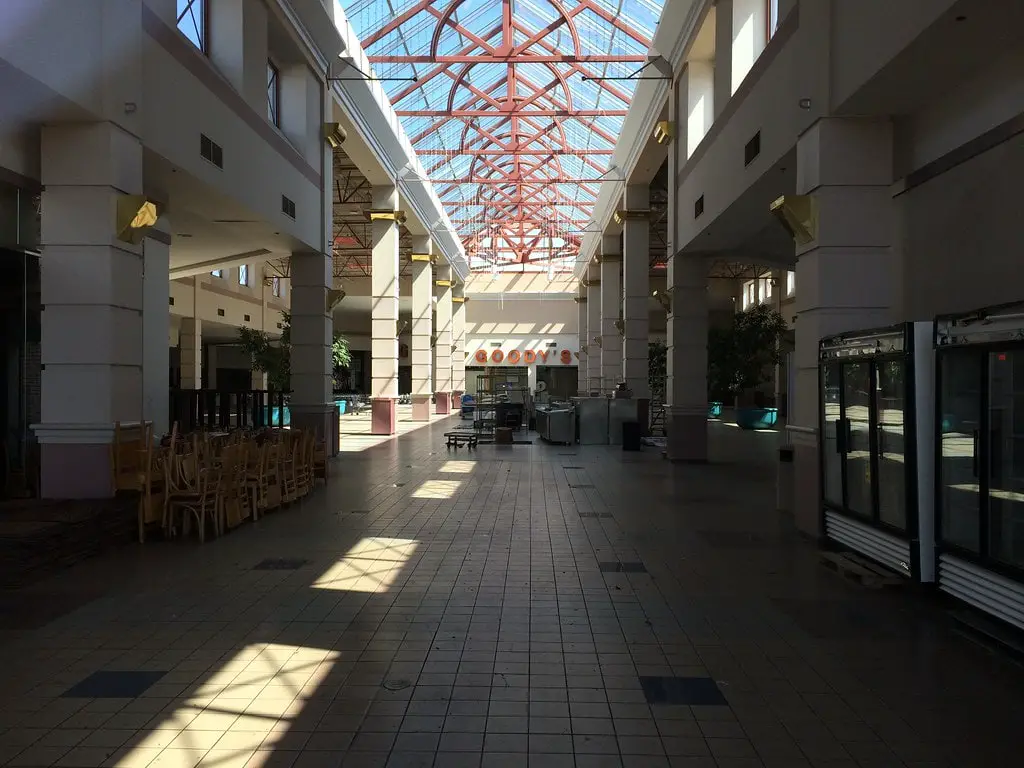Gaineswood: The Mansion That Cotton Built
It’s 1843, and Nathan Bryan Whitfield stands in front of a plain log cabin in Demopolis, Alabama.
Around him, stretch acres of farmland he bought last year from George Strother Gaines, a deal that added 480 acres to Whitfield’s holdings.
But the modest structure before him isn’t enough—he sees something grander, something that’ll say success in ways cotton alone never could.
Whitfield calls this land Marlmont at first, but that doesn’t stick. He’ll eventually rename it Gaineswood, a tribute to the man who sold it to him.
In the meantime, he plans out a mansion—columned, symmetrical, unmistakably Greek Revival.
Whitfield isn’t formally trained in architecture, but he’s confident. He uses popular pattern books by Minard Lafever and Asher Benjamin to guide him.
Brick by brick, wall by wall, his dream takes shape.
The mansion’s construction lasted nearly twenty years, ending in 1861. It was slow work, done largely by enslaved craftsmen who shaped plaster moldings and carved intricate wood details.
Their labor transformed Whitfield’s vision into reality. By the eve of the Civil War, Gaineswood was the grandest plantation house Marengo County had ever seen—built entirely from cotton profits.
Today, Gaineswood, standing at 805 South Cedar Avenue, is among the recommended things to do in Demopolis, Alabama.
The house feels almost unchanged from its early days. White columns rise high, catching the Alabama sunlight.
Whitfield’s decision to finish Gaineswood in stucco over brick—mimicking stone blocks—is clear evidence of his desire to impress anyone who visits.
And it works: Gaineswood becomes a landmark almost immediately, an unmistakable symbol of Southern prosperity built on the backs of enslaved workers.

The Business of Prestige—How Gaineswood Became a Statement Property
The front portico is designed to impress. Wide steps lead up to towering columns, each fluted and crowned with the precision of ancient Greek architecture.
Visitors in the 1850s wouldn’t have called it excessive—they would have seen it as proof of success.
Cotton money built this house, and Nathan Bryan Whitfield wanted that to be clear from the moment anyone set foot on his land.
Whitfield didn’t leave a single detail to chance. Every feature of Gaineswood was chosen to reinforce its status.
The exterior—stuccoed brick made to look like finely cut stone—was a trick borrowed from grand estates in Europe.
Inside, the rooms had to feel even more refined. The dining room, one of the most lavish spaces, was set beneath a domed ceiling with a skylight that poured natural light over the table, turning every meal into a staged event.
The mansion had three types of columns—Doric, Ionic, and Corinthian. It wasn’t enough to use one style when he could have all three.
The ballroom, meant for hosting, was lined with 24 fluted Corinthian pilasters, reflecting candlelight in mirrored panels.
These touches weren’t decoration. They were investment pieces designed to hold their value in the real estate market of antebellum Alabama.
Gaineswood was more than a home—it was an asset, a showpiece that confirmed Whitfield’s status as a powerful landowner.
At its peak, his holdings expanded to 7,200 acres, with hundreds of enslaved laborers working the fields.
The house itself became a landmark, a rare example of a property designed to send a message long after its builder was gone.
The Labor That Built Gaineswood
Whitfield designed Gaineswood. He selected the architectural details, ordered materials, and chose the locations of the doors and windows.
But he didn’t build it.
The men who cut the timber fired the bricks and shaped the plaster never owned the house they constructed.
Their names were not written in history books, though their work remains visible in every intricate molding and carved banister.
Enslaved craftsmen spent years shaping this mansion, working long hours and performing tasks that required skill and precision.
Construction took nearly two decades, stretching from 1843 to 1861. Whitfield oversaw everything, but the hands that turned his ideas into reality belonged to enslaved workers.
They lived in quarters that no longer stand, their existence largely erased from the landscape.
Unlike the carefully preserved mansion, their housing was never restored, and no formal records of their contributions remain.
Beyond building the house itself, enslaved laborers also dug the Whitfield Canal by hand.
This mile-long drainage system, completed between 1845 and 1863, was cut deep into Alabama’s chalk soil to prevent flooding on the plantation.
Without it, excess water would have made cotton farming unpredictable, threatening profits.
The canal still functions today, a lasting piece of engineering created under conditions no one recorded in detail.
Inside Gaineswood, much of the craftsmanship endures. The plaster ceiling medallions, the elaborate doorways, the carved wooden staircases—none of it could have existed without the skilled labor of the men Whitfield never credited.
The mansion became a landmark, but the workers who built it left no visible mark of their own.
Changing Hands—Gaineswood’s Real Estate Shifts and Market Value
By the early 20th century, Gaineswood wasn’t the statement property it once was.
The economic world around it had changed, and the plantation model that supported its construction no longer held the same power.
The Whitfield family still owned the house, but holding onto a mansion built for another era became harder with each passing decade.
In 1923, the estate changed hands. The sale marked the first time Gaineswood left the Whitfield family and moved into private ownership.
Over the years, it was sold again, passing between owners who struggled to maintain it.
A house of this scale needed more than new buyers—it needed upkeep, investment, and preservation, none of which were easy to come by.
By the 1960s, Gaineswood had fallen into disrepair. The real estate market wasn’t built for properties like this anymore.
It was too large for a single-family home, too expensive for casual buyers, and too historic to be renovated without careful attention.
Something had to be done, or it would be lost.
The state of Alabama stepped in. In 1966, it purchased the property with preservation in mind.
By 1971, the Alabama Historical Commission had taken control, officially marking Gaineswood as a historic site rather than a private residence.
In 1973, it gained National Historic Landmark status, further solidifying its role as a protected structure.
The house wasn’t just an investment anymore—it was a piece of history, something to be maintained rather than flipped or sold again.
Restoration, Public Access, and the Business of Historic Preservation
Owning a historic mansion isn’t the same as maintaining one. After Alabama took ownership of Gaineswood, the real work began.
Time and weather had taken their toll—the roofs had leaked, moisture had damaged the interior, and areas of the house needed immediate repairs.
Grants, including money from the “Save America’s Treasures” program, helped stabilize parts of the structure.
Preserving Gaineswood meant more than just fixing walls and ceilings. The goal was to keep it as close to its 1861 condition as possible.
That meant sourcing materials that matched the originals, restoring intricate plaster details by hand, and tracking down pieces of furniture that had once belonged to the Whitfield family.
Some of the home’s original furnishings were donated back, helping to recreate the space as it once was.
Today, Gaineswood operates as a historic house museum. It attracts visitors looking for things to do in Demopolis, Alabama, drawing them in with its architecture and preserved interior.
Weekly tours are led by guides who take guests through the mansion’s history—from its grand beginnings to its near loss and eventual restoration.
Maintaining the estate is an ongoing process. Even now, repairs and conservation efforts continue.
Historic homes are rarely ever “finished,” and Gaineswood is no exception. Its value is no longer tied to private ownership or the cotton industry that built it.
Instead, it exists as a preserved artifact—protected, maintained, and still standing after more than 160 years.

Gaineswood’s 2024 Restoration Plans and the Race Against Time
The cracks are easy to miss at first. A small split in the ceiling plaster. A weak spot in the porch floorboards.
Paint peeling from shutters that once stood firm against the Alabama heat. But for the people keeping Gaineswood standing, these aren’t minor details. They’re warnings.
In early 2024, the Friends of Gaineswood announced a new push to restore the mansion, securing funding for repairs that can’t wait any longer.
The price tag? Over a million dollars.
The plan is divided into three phases, each targeting a different part of the house.
The first step is fixing the roof—leaks have already left their mark. Porch floors need replacing, and wooden trim along the exterior is beginning to rot. If left unchecked, the damage will spread.
The second phase focuses on the second floor—stucco repairs, woodwork restoration, and window shutters that no longer open as they should.
The third phase moves inside, repairing cracks in the ballroom ceiling and restoring the delicate plasterwork that gives Gaineswood its grandeur.
Even the garden’s original railing, long overlooked, is on the list for repair.
But there’s a problem. Construction costs have surged, and existing funding won’t cover everything.
The restoration team is looking for more money—grants, donations, anything that will keep the project moving forward.
The alternative isn’t an option. Without these repairs, Gaineswood won’t survive the next few decades intact.
Even as restoration efforts continue, the mansion remains open to visitors.
December 2024 saw the return of “The Trees of Gaineswood Speak,” a seasonal exhibit featuring Christmas trees decorated to reflect different moments in Demopolis history.
While tourists admired the festive lights, preservationists were thinking ahead—about cracked walls, shifting floors, and the long work ahead to keep Gaineswood standing.









